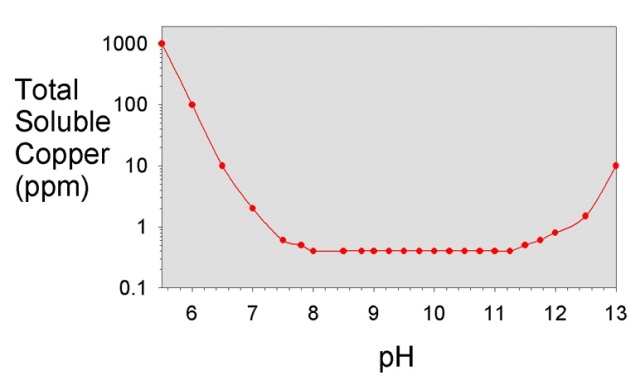Hi all -
I have a batch of berry/dragon fruit going right now. Fermentation was uneventful. If anything, it was perfect for this - used K1-V1116, the ferment was cool, two additions of Fermaid-O. Fermented to dryness with lots of nice, fruity aromas. Sulfited when racked. Dropped a lot of solids, but wasn't able to rack off the lees for about a week. Developed a very strong sulfide odor, though taste was good. Have been battling this now for a month. Have racked with sulfite, degassed several times with a whip, dosed with Reduless and fined with Super Kleer. Thought I was on the good side of it, couldn't smell any more sulfide after the last racking and flavor was still very nice. Started working on a haze that's in the wine. Added pectic enzyme and put a FermWrap on it (it's in the ~48 degree garage). After 4 days, the sulfide odor is back.
I'm kind of at a loss as to what to do next. I'm not sure if Reduless can be tried again. I'm hesitant to dose it with sulfite again, as I feel I'm walking a tightrope on over-sulfiting it. Our buddy Ed (or whoever writes the EC Kraus blog, I can't really imagine it is Ed) fully endorses racking through copper:

I've dropped plenty of pennies into nitric acid, so I know what low pH does to copper, and while I'm sure this works, I agree with the consensus that it's likely all bad. I'd need to understand the chemistry much more to risk that. I don't want to beat it up with the whip again, and even so, the last time didn't evolve any gas at all. I'd like to get this into bottle sometime soon-ish, so it's ready for spring. I'm at a loss, as the H2S seems to be transient.
Thoughts? Help me, Obi-wan!
I have a batch of berry/dragon fruit going right now. Fermentation was uneventful. If anything, it was perfect for this - used K1-V1116, the ferment was cool, two additions of Fermaid-O. Fermented to dryness with lots of nice, fruity aromas. Sulfited when racked. Dropped a lot of solids, but wasn't able to rack off the lees for about a week. Developed a very strong sulfide odor, though taste was good. Have been battling this now for a month. Have racked with sulfite, degassed several times with a whip, dosed with Reduless and fined with Super Kleer. Thought I was on the good side of it, couldn't smell any more sulfide after the last racking and flavor was still very nice. Started working on a haze that's in the wine. Added pectic enzyme and put a FermWrap on it (it's in the ~48 degree garage). After 4 days, the sulfide odor is back.
I'm kind of at a loss as to what to do next. I'm not sure if Reduless can be tried again. I'm hesitant to dose it with sulfite again, as I feel I'm walking a tightrope on over-sulfiting it. Our buddy Ed (or whoever writes the EC Kraus blog, I can't really imagine it is Ed) fully endorses racking through copper:

I've dropped plenty of pennies into nitric acid, so I know what low pH does to copper, and while I'm sure this works, I agree with the consensus that it's likely all bad. I'd need to understand the chemistry much more to risk that. I don't want to beat it up with the whip again, and even so, the last time didn't evolve any gas at all. I'd like to get this into bottle sometime soon-ish, so it's ready for spring. I'm at a loss, as the H2S seems to be transient.
Thoughts? Help me, Obi-wan!





 ). However, it does not dissipate as a gas. Moreover, copper will be dissolved without forming copper sulfate, i.e., loose copper ions.
). However, it does not dissipate as a gas. Moreover, copper will be dissolved without forming copper sulfate, i.e., loose copper ions.
